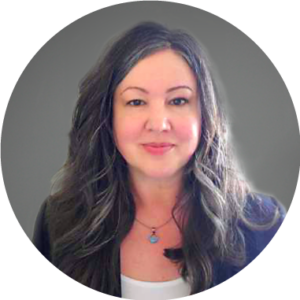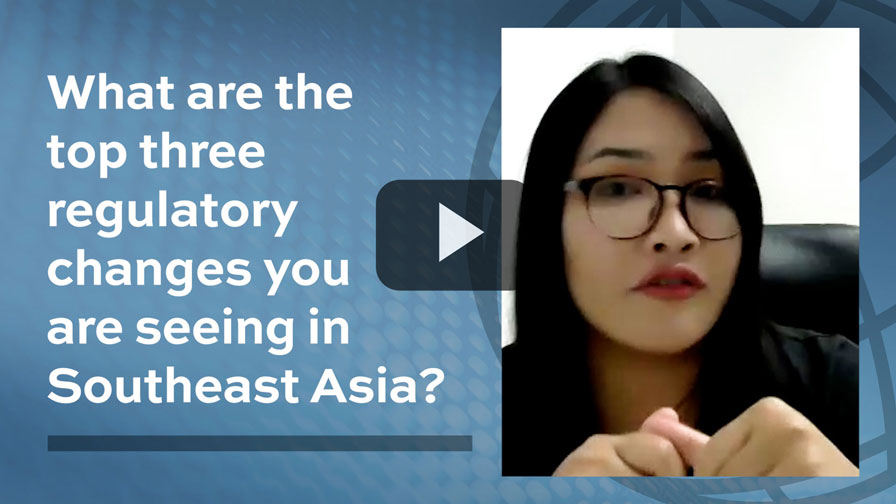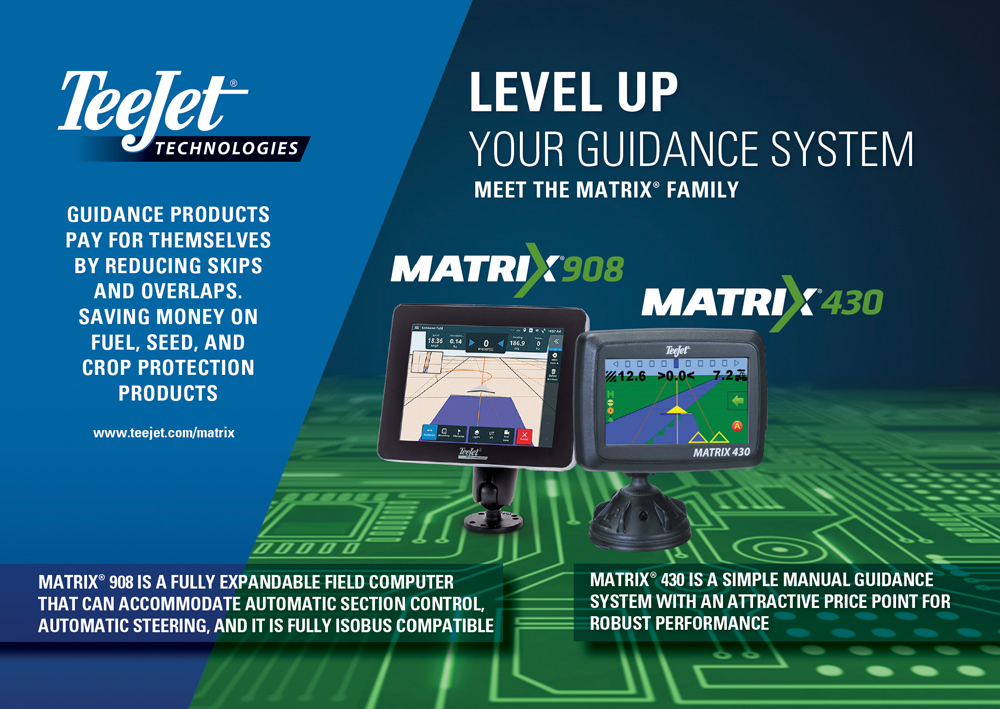From the Editor
Scroll Down to Read
 |
From The EditorRenee Targos |
Conversations with Industry Experts
Knoell’s Dr. Piyatida “Tung” Pukclai Tells Why Southeast Asia is the Region for Launching New Products
Southeast Asia offers companies a chance to get new products to market for less cost and time than other regions around the world. This has benefited the region’s growers as far as having access to pesticides in both biological and synthetic crop protection products. Dr. Piyatida “Tung” Pukclai, Asia-Pacific Sales & Regulatory Policy Manager for the Knoell group offers some insights for regulatory developments she’s observed in this region and advice for those wanting to do business in this part of the world.
Meet your expert: Pukclai has worked in several technical and managerial positions within business development and regulatory policy. She has experience and extensive knowledge in registrations, scientific data, and new regulatory policies in the Asian region. As a speaker, she is active in various international conferences and workshops. Pukclai specializes in plant pathology and biological controls that reduce the use of chemicals in agriculture and improves the efficiency of plants or microorganisms. She serves as an AgriBusiness Global advisory board member and also as an advisory board member for the AgriBusiness Global℠ SE Asia Conference and Summit taking place 8-9 November 2023. She is the author of the article “Pesticides for Drones: Market Opportunity in Southeast Asia” published in this issue of AgriBusiness Global DIRECT.
If you have trouble viewing the video click here
ABG: What do you see happening for biological registrations in Southeast Asia?
PP: For biological products, the governments and business sectors are proposing the improvement of regulations and to create favorable conditions for biopesticide registrations, such as simplifying the rules and streamlining application procedures.
Some countries, like the Philippines, for example, have a fast track for biopesticide registration. In Vietnam, they also have a lower cost for the testing fee and for the local efficacy trials for biopesticides.
Even though the biopesticides are regulated by the same system used for conventional pesticides, most of the countries have specific guidelines and requirements for biopesticides. For the approval process, they try to shorten it by having some exemptions of the data. For example, in Thailand, they have a list of specific biopesticides with an exemption of toxicity data, so it can be accepted and help shorten the registration and approval time frame.
ABG: What does the fast track for biologicals in the Philippines look like? How long does it take to get approval and for what kinds of biologicals?
PP: For the biopesticides, I’m talking about mostly the microbials, because that is the biggest market for biologicals in this region. For the fast track, in the Philippines or Southeast Asian countries, you still need to conduct the local efficacy trials. The overall timeframe for conventional pesticide can be two to three years, but for the biopesticide, it can be less than two years.
The best-case scenario for a biopesticide can be less than one year, otherwise it can be (18 months) to two years. It depends on the countries, and also depends on how you follow up with the authorities. In Southeast Asian countries, it is also important to have a local contact with local authorities to follow up with through the entire registration process.
ABG: What you described as far as the time it takes to register a product is faster than many other regions around the world. What about the cost? Is there a difference?
PP: It’s a huge difference, when you compare the European Union (EU) costs for registration with the Philippines or other Southeast Asian countries. They are complicated in the EU. In Southeast Asia, if a product can be registered somewhere else, either in the manufacturing countries or some other countries, it’s much easier to apply for the registration in this region.
For the cost, I would say it’s between USD $12,000 to $15,000 for one product. It depends on the protocol and on the type or the category of the product.
It’s also important to know for which country and who can conduct the local efficacy trials. In the Philippines, it must be the efficacy researcher to get accredited from the authorities. In a country like Vietnam, you still need to conduct the local efficacy trials from the north and the south in big scale and small scale. Either way, the cost is still around $12,000 to $15,000.
ABG: For the Southeast Asia region, what is need-to-know and what is nice-to-know information?
PP: You need to know the nature of the registration license holder. Who can hold the license? Because for most of the countries in Southeast Asia, the license holder must be the local entity, like the local manufacturers or local importers. Whoever applies for registration, owns the license.
Foreign companies cannot apply for registration. Except for in Vietnam, the representative of the foreign companies can also apply for the registration, or else it must be a local entity.
For every single country, most of the regulations are available in the local language. For Malaysia and the Philippines, it’s quite easy to check the regulations because they include English. In other countries like Vietnam, Thailand, and Indonesia, they have their own language. You need to know if you can apply for the registration or not. Are there any exemptions for your products? What data is acceptable? All of this is crucial for a successful registration.
An example of the nice-to-know, what is the current situation of the current registration approval process? Are there an any pending situations, or what is the capacity of authority at that time? Are there any political issues in that country? This information is not essential but can affect your registration experience.
ABG: What are two big changes happening in 2024 for Southeast Asia in regulations that people need to plan for?
PP: I think there will be attempts to replace those highly hazardous pesticides with an alternative approach. There will be phasing out of the highly hazardous pesticides by expanding the list of the restricted or banned pesticides in each country.
And the second one is the growing of the biological products.
ABG: Any final tips for registering products in Southeast Asia?
PP: This is the region for new active ingredients, new formulations, and new products for registration. For this region, pesticide use is in high demand.
It’s important for companies to find the right partner. For example, you need to find the right importers who can represent you in dealing with registration or even with marketing issues in the countries.
You need to understand the registration phases in each country, otherwise the registration will take, instead of two to three years, longer than six years without any progress. This is important to check before you decide to proceed with the registration. For example, you need to understand if you want to register that product in each country in Southeast Asian countries with a partner or do you want to have your own entity in that country? Do you have all of the required administrative documents for registration or not? That is very important.
Last, but not least is, please try to keep track of the registration process. That can help you to have a successful registration in Southeast Asian countries. •

